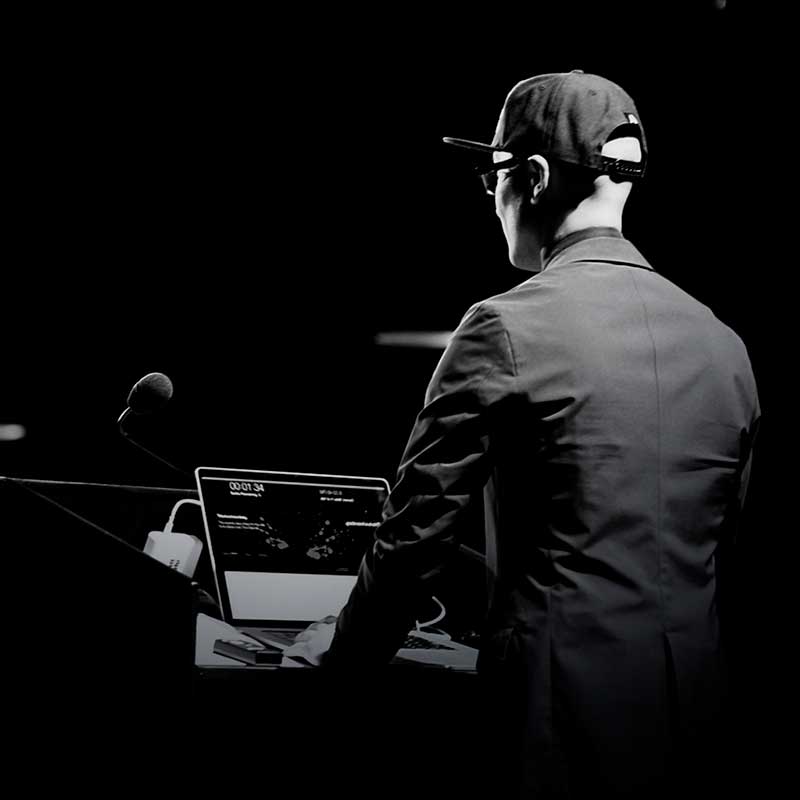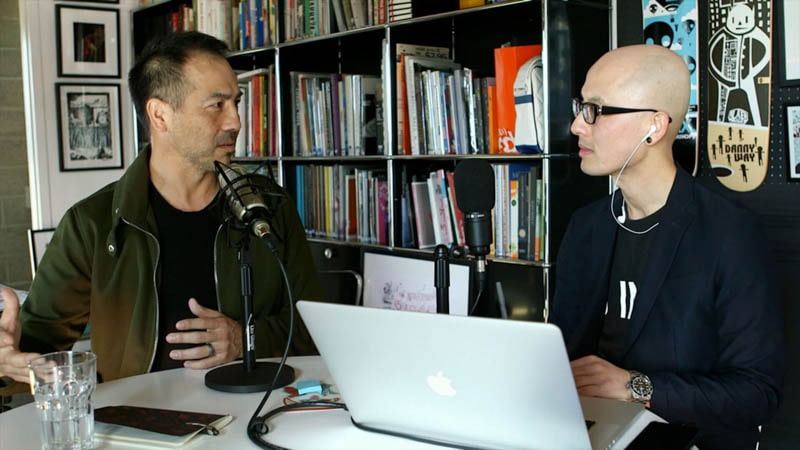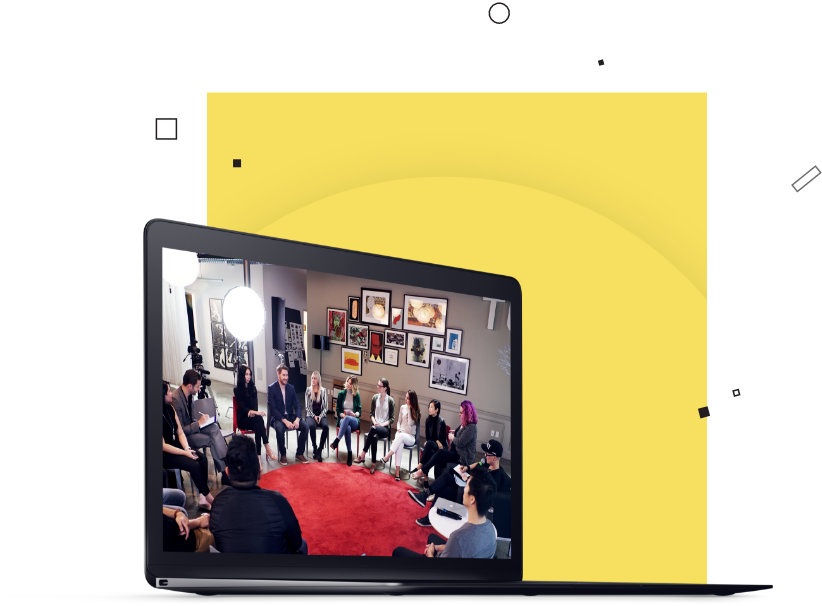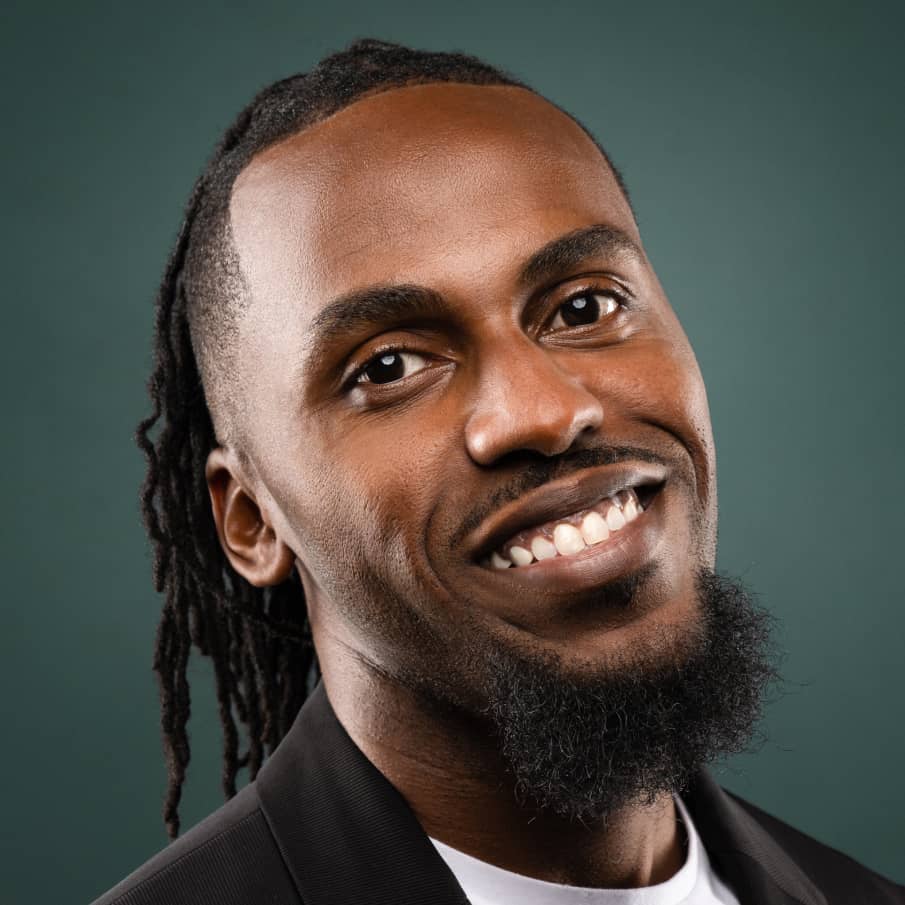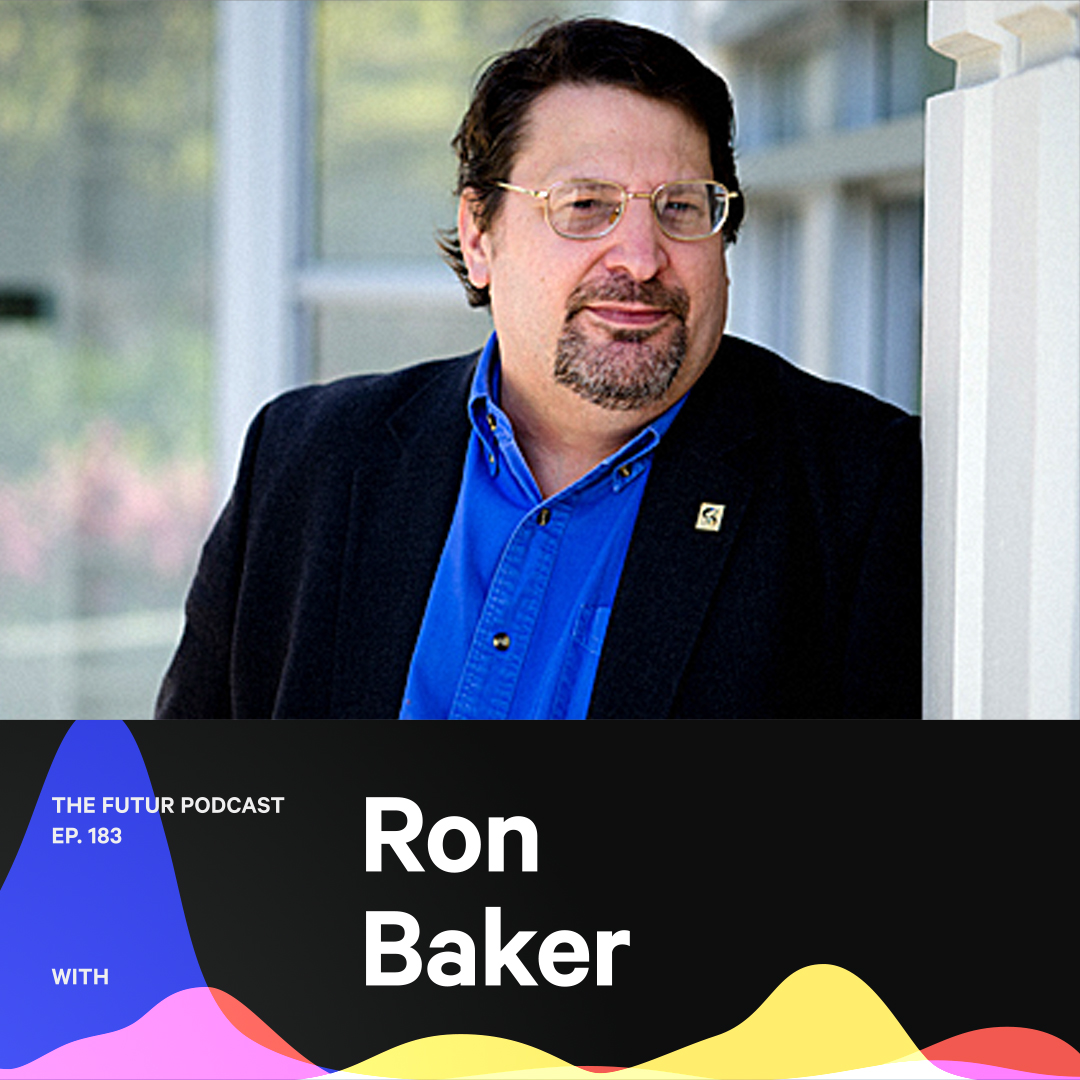Be The First To Know
Join Our Newsletter
The Anatomy of a First Meeting
How you handle your first meetings has a lot to do with personal preference. However, there is a flow to most meetings that helps improve rapport and communication. Let's dig into the first two points on my First Meeting Checklist: Connect and Align.
The First Step Of A First Meeting: Connect
Small talk: you either love it or you hate it. Whether you’re meeting in person, on the phone, or in any other situation, you’re going to spend a few minutes building rapport.
While it may seem a little frivolous at the outset, this period of connection plays an important role. Building rapport sets the groundwork for the rest of the meeting. It’s your chance to profile the person in a casual way.
As you start to connect with your meeting partner, ask questions that help you dig a little deeper into who they are and what they need. Where did they go to school? What are they educated in? What has their work experience been like? Do they have a family? This is all stuff you can use later.
The connection stage of a meeting creates a tone that will carry you through the rest of the conversation. It may be tempting to rush right into the meat of the conversation, but don’t skip this step!
The Second Step Of A First Meeting: Align
The goal of this segment is to answer the question “what are we both trying to get out of this meeting?” Additionally, you want to find out what it is you need to put a proposal together. Identify the reason for the meeting, and clarify what the outcome should be.
This is the point to decide how long the meeting will last. You can say something like, “I have an hour for this meeting, but if we need more time I can reschedule the other meeting.” I often find that after an hour or so your attention starts to wane. If you’re listening and engaging, an hour is a long time.
This is also the time to clarify the potential client’s goals. Ask them directly: “If you had the perfect partner for this project, what would they look like?” Listen to what they have to say, and ask clarifying questions. You want to learn what’s important to them, and what the main purchasing decision is for each person present.
As your potential client outlines what they need in a partner, make a note about how you can address each need. This is valuable, because some clients will have needs that you simply can’t meet. If there’s a problem you can’t overcome, you don’t want to waste time putting together a proposal.
The Third Step Of A First Meeting: Clarify
This step is where you show off your listening skills and confirm what your potential client has already revealed. This process should be concise and straight to the point. Read back what they’ve said to you in the form of a short summary.
Clarifying shows that you’re a great listener while validating everything the other person has said. It also makes a great opening sentence for your proposal: “You’ve asked us to…” It reinforces the idea that you’re sharp. You’re professional. You’re not a designer – you’re a consultant.

The Fourth Step Of A First Meeting: Ask
It’s time to ask some important questions. First, find out what that person is looking for in a proposal. Do they want case studies? Do they want an outline of your process? Do they want to know about your pricing structure? Do they want you to lay out a schedule? Do they want all of the above, plus more? This is where you find out.
This part of the meeting is also your opportunity to ask, “what will it take for you to buy from me?” It’s up to you whether you ask this question in every meeting. If things are going perfectly and no one is raising any objections, it might not be necessary. However, this question will reveal exactly where you and your potential client are aligned. The more you know what they’re looking for in a partner, the more likely you are to make a sale.
Using the ask portion of your meeting wisely also keeps you from being put on the defense for objections. For example, I get objections on cost quite often. As soon as I feel that an objection may come up, I’ll slip in, “I’m not sure you can afford our services.” They’ll start making up reasons why they can afford you. Use this part of the meeting to redirect to reduce the impact of objections.
The Final Step Of A First Meeting: Next Steps
Transition from the ask section of your meeting by clearly asking your client “would you like us to put a proposal together?” If they say yes, or (even better) if they’ve asked you to begin with, it’s time to move onto your next steps. Find out more about what they need. Do they need a proposal by the end of the week? Are they looking for something specific? Make a note of it, then make it happen.
The Anatomy of a First Meeting

You’ve scheduled a first meeting with a potential new client. Fantastic! What do you do next?
You’ve scheduled a first meeting with a potential new client. Fantastic! What do you do next?
How you handle your first meetings has a lot to do with personal preference. However, there is a flow to most meetings that helps improve rapport and communication. Let's dig into the first two points on my First Meeting Checklist: Connect and Align.
The First Step Of A First Meeting: Connect
Small talk: you either love it or you hate it. Whether you’re meeting in person, on the phone, or in any other situation, you’re going to spend a few minutes building rapport.
While it may seem a little frivolous at the outset, this period of connection plays an important role. Building rapport sets the groundwork for the rest of the meeting. It’s your chance to profile the person in a casual way.
As you start to connect with your meeting partner, ask questions that help you dig a little deeper into who they are and what they need. Where did they go to school? What are they educated in? What has their work experience been like? Do they have a family? This is all stuff you can use later.
The connection stage of a meeting creates a tone that will carry you through the rest of the conversation. It may be tempting to rush right into the meat of the conversation, but don’t skip this step!
The Second Step Of A First Meeting: Align
The goal of this segment is to answer the question “what are we both trying to get out of this meeting?” Additionally, you want to find out what it is you need to put a proposal together. Identify the reason for the meeting, and clarify what the outcome should be.
This is the point to decide how long the meeting will last. You can say something like, “I have an hour for this meeting, but if we need more time I can reschedule the other meeting.” I often find that after an hour or so your attention starts to wane. If you’re listening and engaging, an hour is a long time.
This is also the time to clarify the potential client’s goals. Ask them directly: “If you had the perfect partner for this project, what would they look like?” Listen to what they have to say, and ask clarifying questions. You want to learn what’s important to them, and what the main purchasing decision is for each person present.
As your potential client outlines what they need in a partner, make a note about how you can address each need. This is valuable, because some clients will have needs that you simply can’t meet. If there’s a problem you can’t overcome, you don’t want to waste time putting together a proposal.
The Third Step Of A First Meeting: Clarify
This step is where you show off your listening skills and confirm what your potential client has already revealed. This process should be concise and straight to the point. Read back what they’ve said to you in the form of a short summary.
Clarifying shows that you’re a great listener while validating everything the other person has said. It also makes a great opening sentence for your proposal: “You’ve asked us to…” It reinforces the idea that you’re sharp. You’re professional. You’re not a designer – you’re a consultant.

The Fourth Step Of A First Meeting: Ask
It’s time to ask some important questions. First, find out what that person is looking for in a proposal. Do they want case studies? Do they want an outline of your process? Do they want to know about your pricing structure? Do they want you to lay out a schedule? Do they want all of the above, plus more? This is where you find out.
This part of the meeting is also your opportunity to ask, “what will it take for you to buy from me?” It’s up to you whether you ask this question in every meeting. If things are going perfectly and no one is raising any objections, it might not be necessary. However, this question will reveal exactly where you and your potential client are aligned. The more you know what they’re looking for in a partner, the more likely you are to make a sale.
Using the ask portion of your meeting wisely also keeps you from being put on the defense for objections. For example, I get objections on cost quite often. As soon as I feel that an objection may come up, I’ll slip in, “I’m not sure you can afford our services.” They’ll start making up reasons why they can afford you. Use this part of the meeting to redirect to reduce the impact of objections.
The Final Step Of A First Meeting: Next Steps
Transition from the ask section of your meeting by clearly asking your client “would you like us to put a proposal together?” If they say yes, or (even better) if they’ve asked you to begin with, it’s time to move onto your next steps. Find out more about what they need. Do they need a proposal by the end of the week? Are they looking for something specific? Make a note of it, then make it happen.

Chris Do is an Emmy award winning director, designer, strategist and educator. He’s the Chief Strategist and CEO of Blind, executive producer of The Skool, and the Founder and CEO of The Futur— an online education platform that teaches the business of design to creative thinkers.






